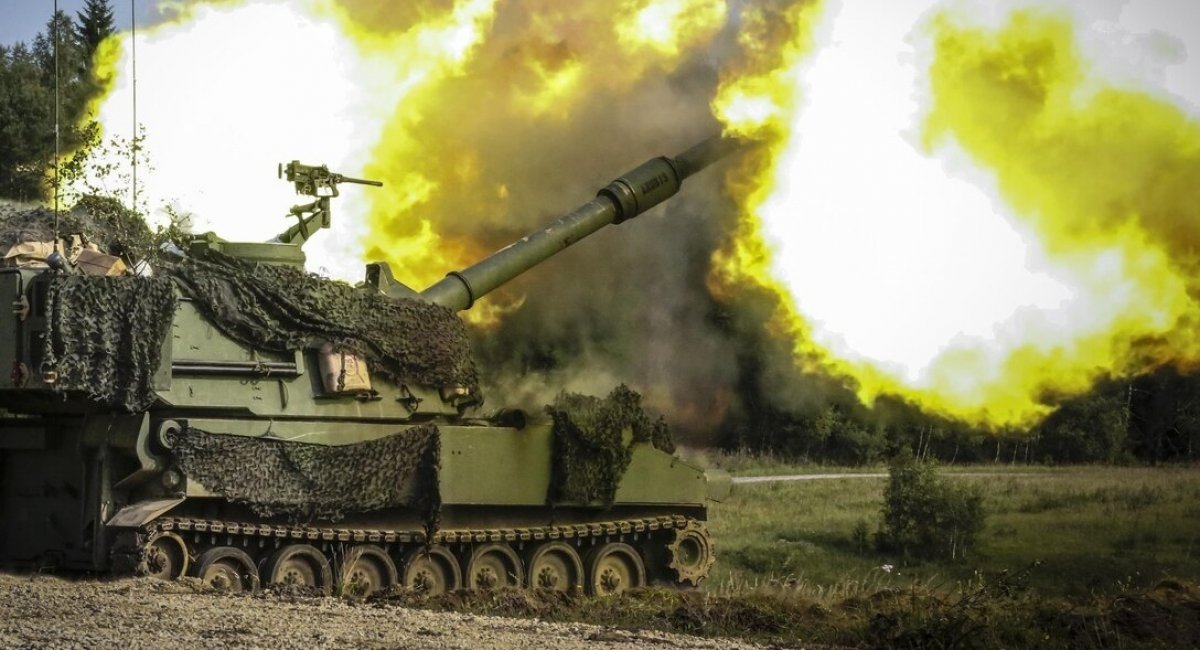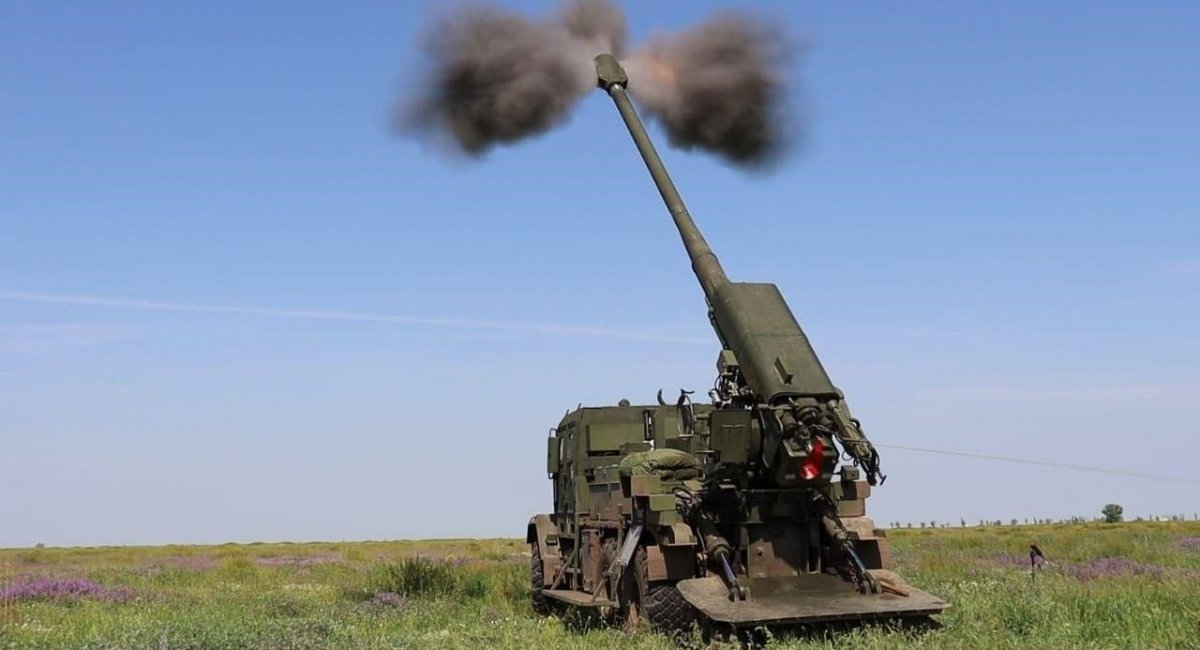Forbes writes about this.
As the war continues, one aspect remains constant: both sides heavily rely on artillery, the King of Battle, responsible for most of the battle damage.
Read more: Ukraine Produces Significant Number of Bohdana Self-Propelled Artillery Systems - Volodymyr Zelenskyy
As the publication notes, the russians fire approximately 10,000 rounds per day, while the Ukrainians fire approximately 2,000 rounds per day. This dependency on artillery will persist as both russia and Ukraine develop new tactics and integrate new technologies to strengthen their firepower capabilities.
Both russia and Ukraine follow Soviet doctrine, favoring heavy artillery usage. For example, during World War II, the Red Army fired two million rounds into Berlin before assaulting it.
Today, russian and Ukrainian operations focus on placing artillery in key locations to target adversaries. The proper deployment of artillery played key roles in the Ukrainians holding off the initial russian invasion.
Currently in the war, Ukrainian forces have positioned their artillery in and around defensive strongholds in the Luhansk, Donetsk, and Kharkiv Oblasts. As a result, the russians are forced to conduct dismounted assaults in small units to overrun these positions. These assaults, referred to as "meat-grinders," have had little success.
Meanwhile, russian forces use large artillery barrages to destroy Ukrainian defenses and target artillery emplacements. They also use their artillery to support their dismounted assaults, since an artillery strike forces the Ukrainian soldiers to take cover, reducing their ability to defend their positions.
Both sides have an impressive array of howitzers. Ukraine uses a mix of older Soviet equipment, like the 2S3 Akatsiya, and newer NATO-provided equipment, including the American M109 Paladin, British AS-90, and French CAESAR. Ukraine is also manufacturing the 2S22 Bohdana Howitzer with partial foreign aid.

A challenge is that NATO equipment uses different-sized rounds from Eastern European gear, making Ukraine dependent on NATO ammunition. Recent British and American aid packages included many rounds and additional AS-90s and M109 Paladins.

As Forbes notes, the russian military employs a mix of Soviet-era self-propelled howitzers, like the MS19 Msta-S, and newer systems, such as the 2S33 Msta-SM2. Additionally, russia's defense industrial base maintains a strong supply network, with a production capacity of 250,000 artillery rounds per month. The widespread use of electronic warfare equipment has further enhanced the crucial role of artillery in combat operations.

As electronic warfare is expected to play an increasingly key role in the war, both sides will likely fall back on using more traditional artillery systems.
Both russians and Ukrainians use drones with artillery, employing them to spot targets, monitor strikes, adjust targeting, and assess damage. This tactic extends their range, eliminating the need for forward observers. Although russia introduced this technique in 2014 during the Crimea invasion, both sides have refined it throughout the war. Drones now operate more autonomously, and the process for calling in artillery strikes has become more automated and effective.

"Artillery had a fabled history in the Soviet Union, which has translated to it being heavily incorporated into modern russian and Ukrainian combat doctrine. As the war has transitioned, incorporating new technologies and tactics, the heavy reliance on artillery has been a constant trend throughout the conflict. As the war continues, both sides will undoubtedly maintain this reliance on artillery as a cornerstone of their military strategies", the article states.
Read more: Ukrainian Ground Forces Show Destruction of russian 152mm 2S19 Msta-S Howitzer














